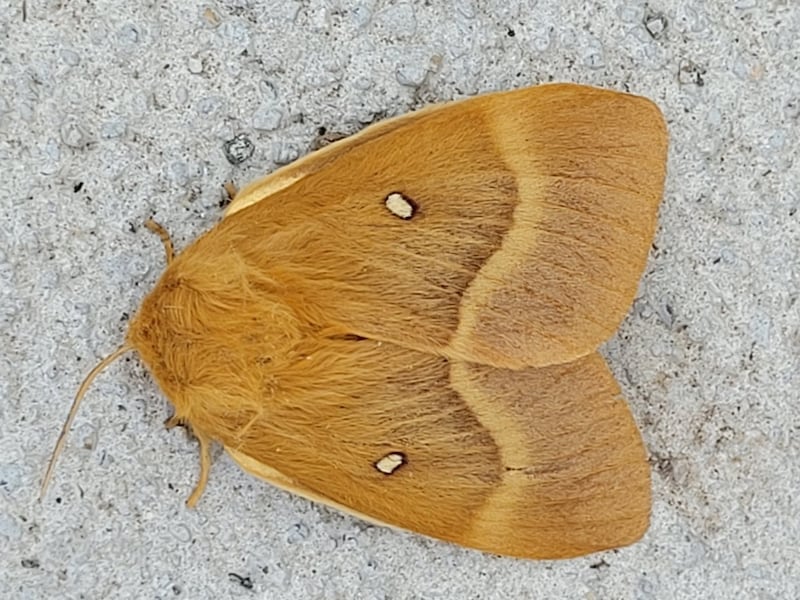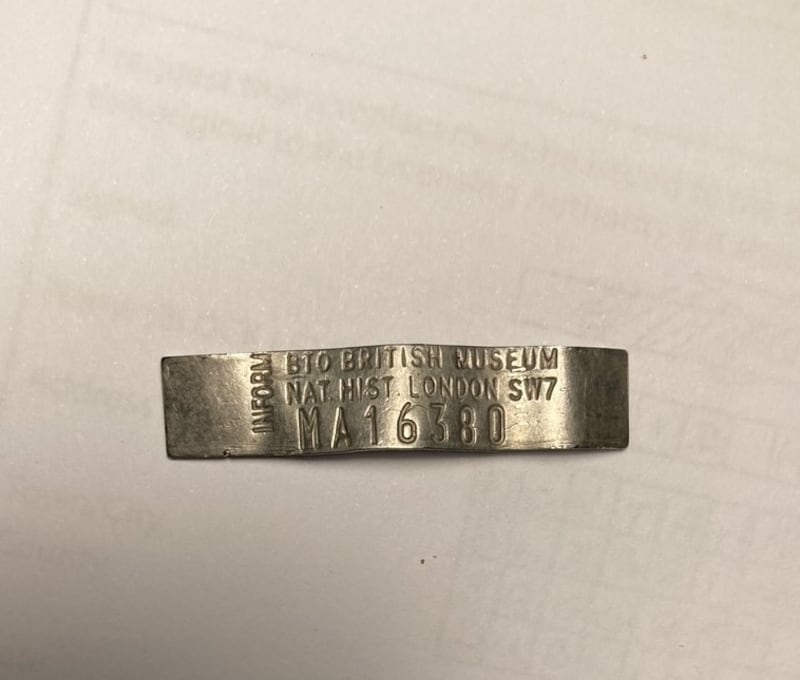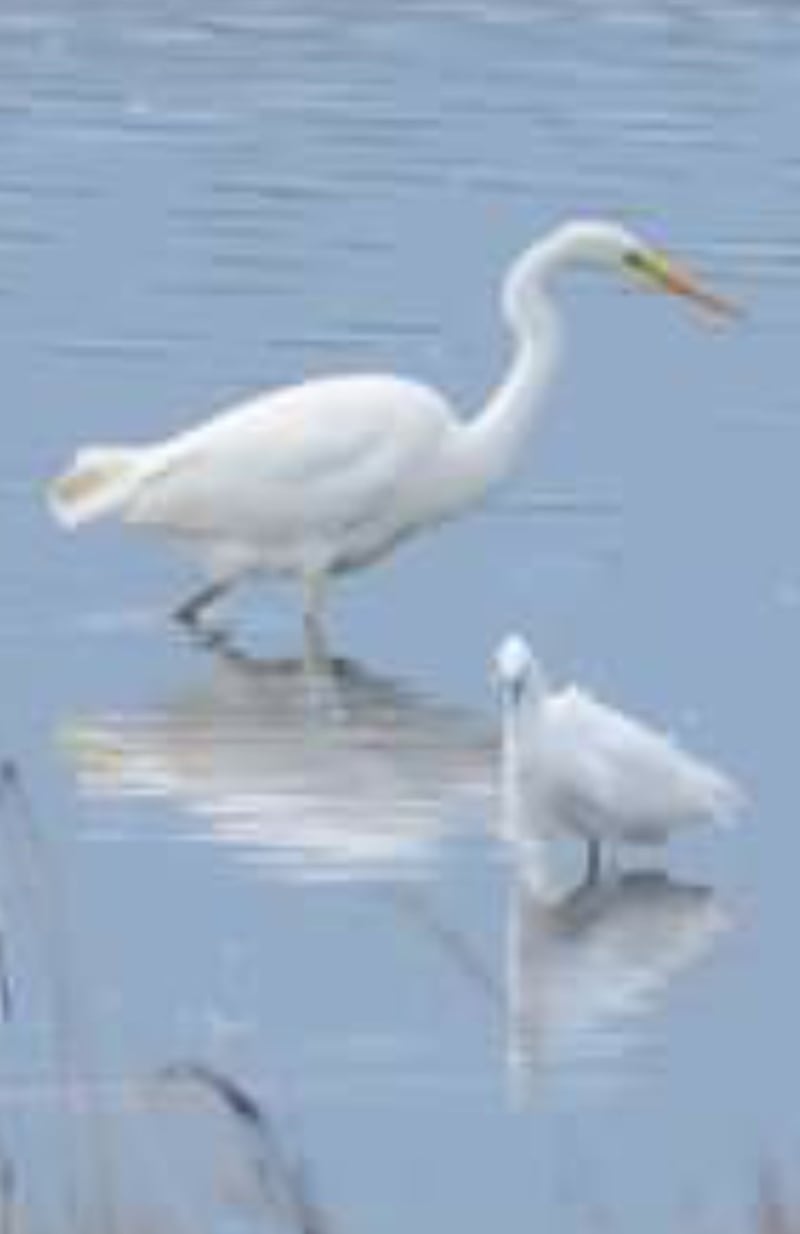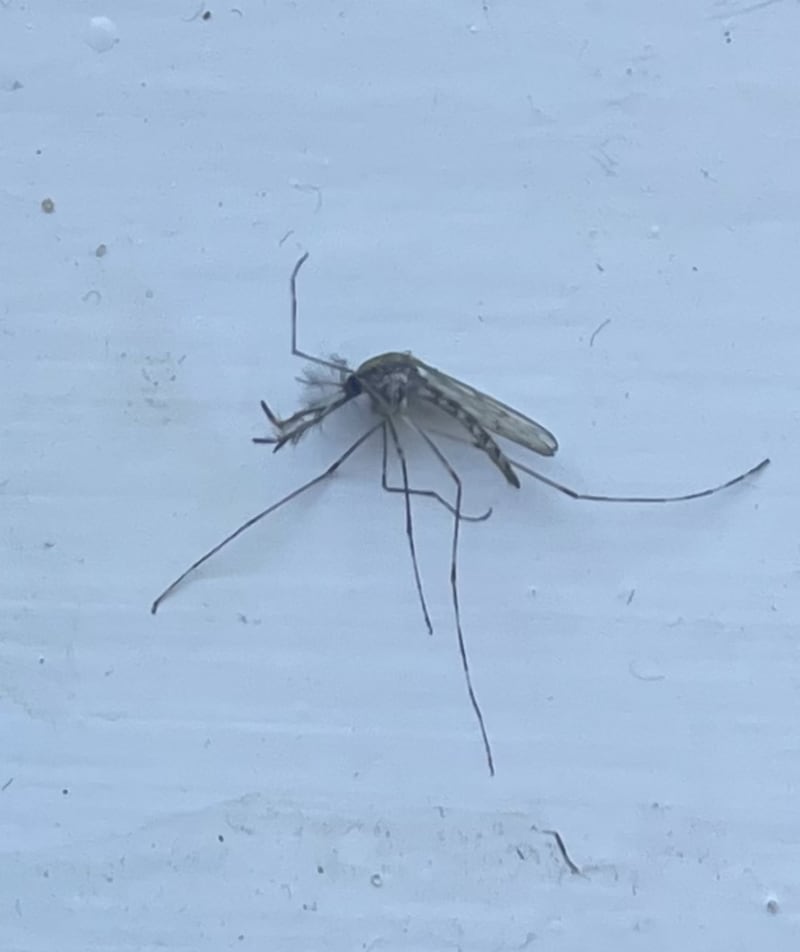I noticed this growing on a tree in Emo Court, Co Laois. It looks like a fungus; would you know what it is? David Byrne, Co Laois
It looks like young specimens of Auricularia auricula-judae, the wood ear fungus. This usually grows on elder trees and while it occurs all year, it is most obvious in autumn.

We found this unusual moth outside our door. What could it be? Linda Duggan, Wexford
It is a female oak eggar moth. Its large brown hairy caterpillars feed on the leaves of not just oak but many other deciduous species. It is widely distributed.
READ MORE

This bird ring was taken from a dead bird that looked like the remains of a buzzard. The bird’s wings were labelled number five. David Micks, Co Dublin
With David’s permission, I sent full details of the ring and where exactly it was found through the EURING portal to the British Museum, whose ring it was. They sent back the information that it was indeed from a buzzard. This bird was ringed as a nestling 779 days before its discovery, at the nest site, which was 5km northwest of the recovery site. The number five refers to the wing tags — there was originally one on each wing. This information is very valuable for conservation studies.

Took this picture in Inishowen in mid-September of a great white egret, one of two spotted on Inch Island. There is also a little egret in the picture, which gives an idea of the size difference. Brian Hegerty, Inishowen Wildlife Club
Great white egrets are coastal birds of shallow waters, originally breeding in southwest Europe and wintering along the Mediterranean coast. It has now spread further north and breeds in the Netherlands among other places, so winter visitors to our shores are becoming less of a rarity as our planet warms. It is a huge spectacular egret.

Found this mosquito on my kitchen window ledge during the summer. Wondering if it could be the tiger mosquito? Karina O’Connell, Co Wexford
No, it is the native mosquito, Culex pipens. Tiger mosquitos are a much stripier Asian species.
Have you a nature query, observation, or photo you would like t share with The Irish Times? Submit it, with a location, via our website irishtimes.com/eyeonnature










